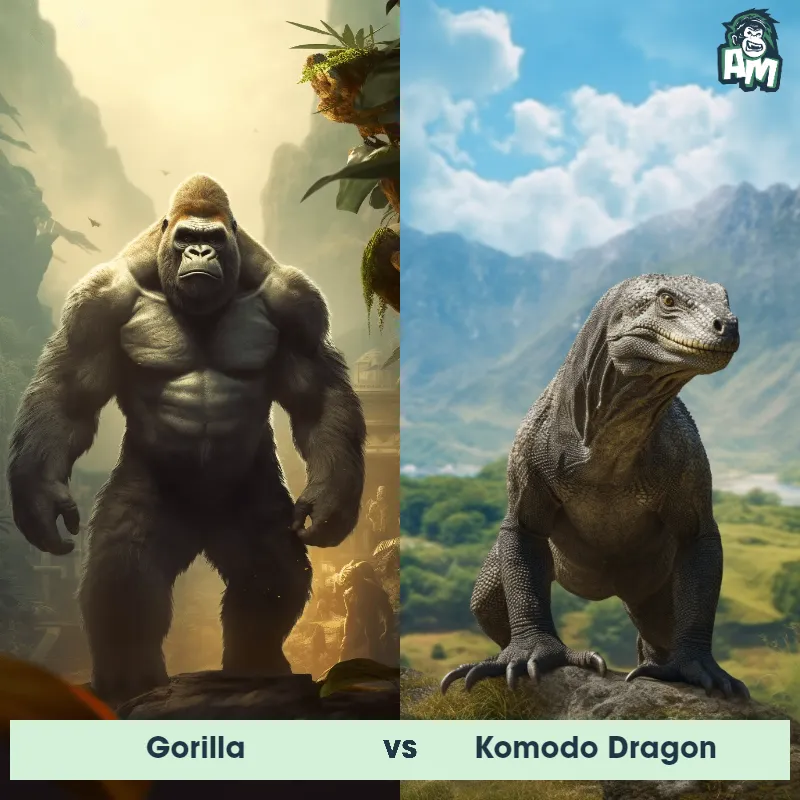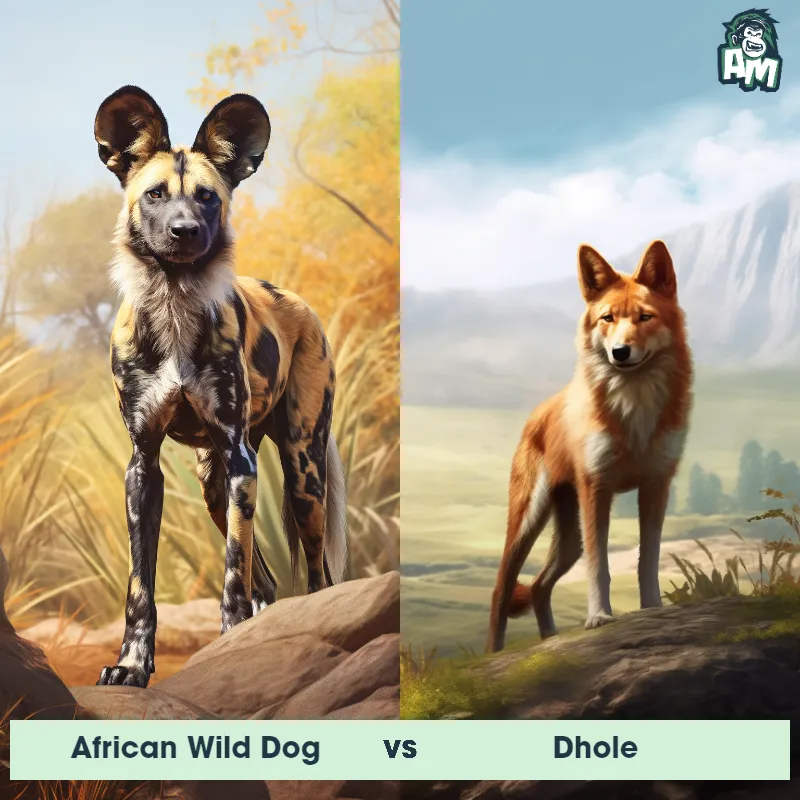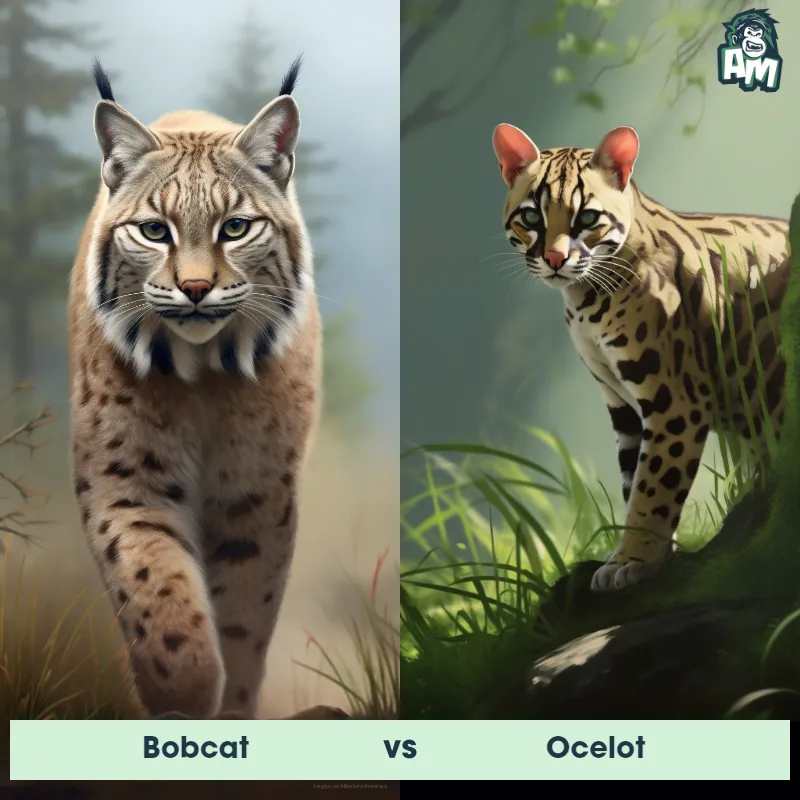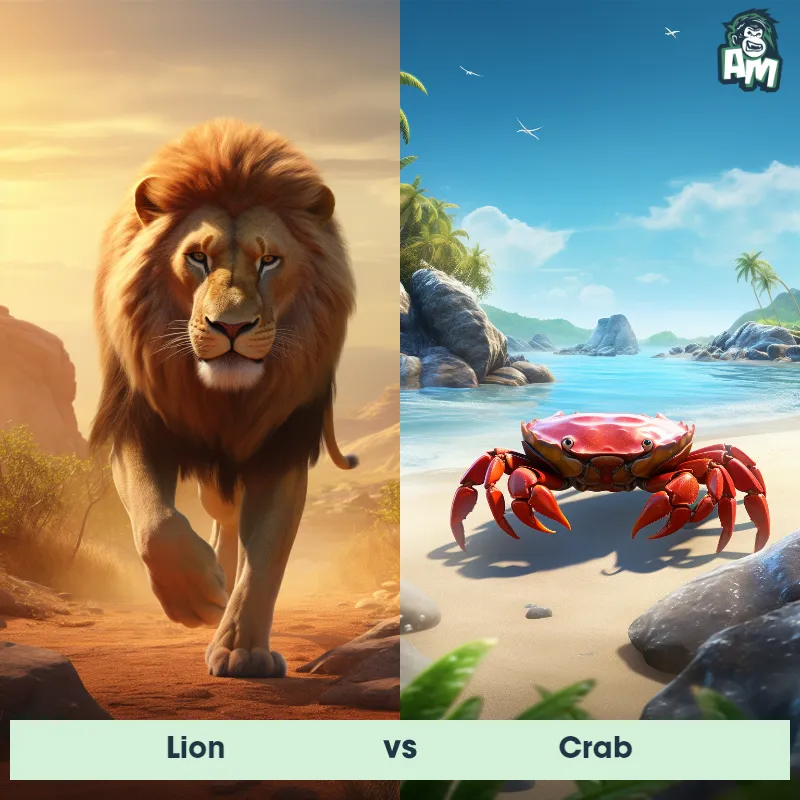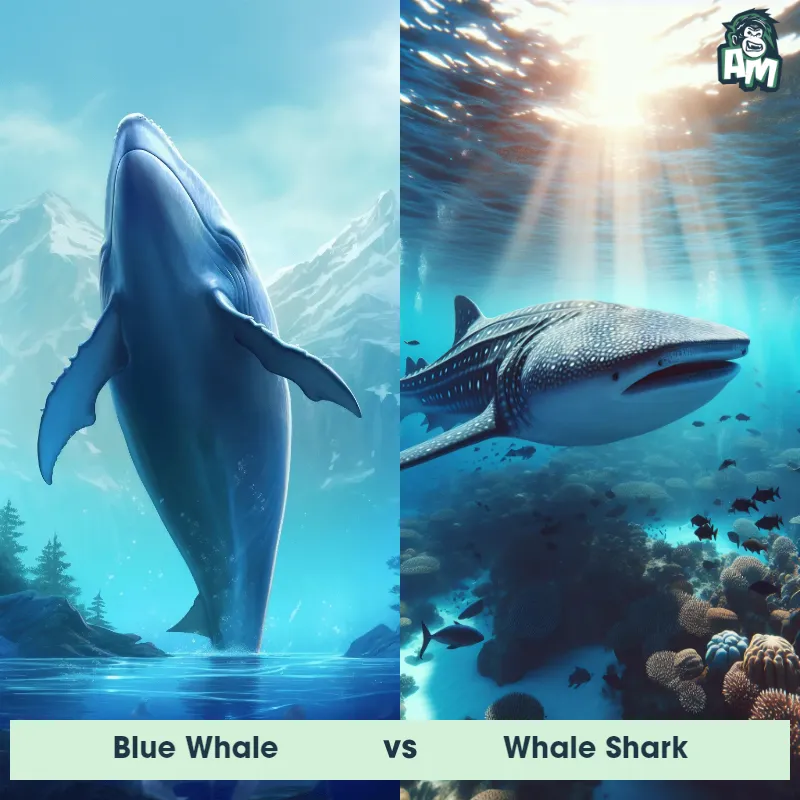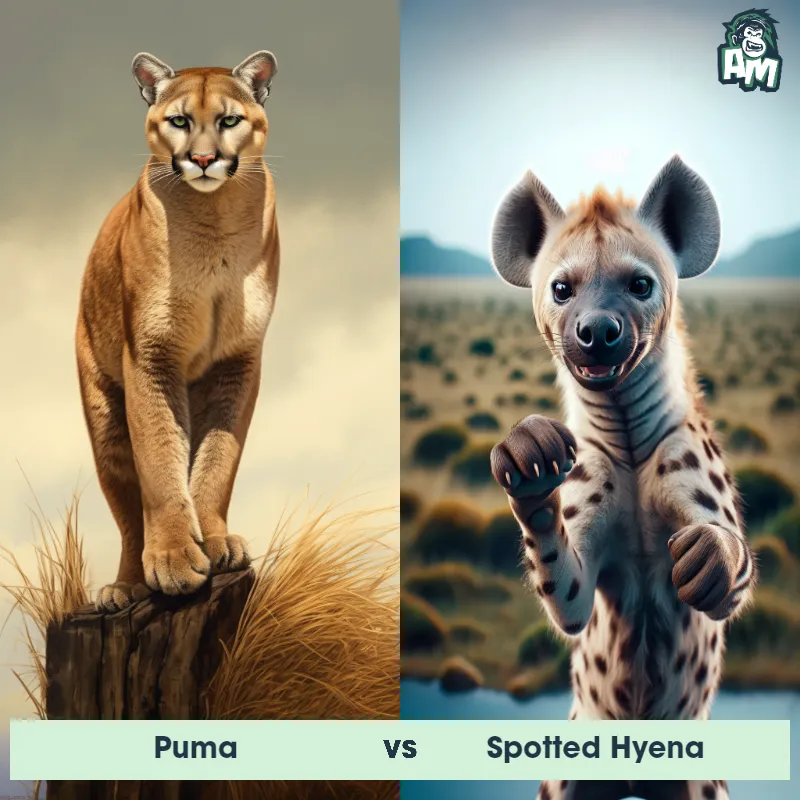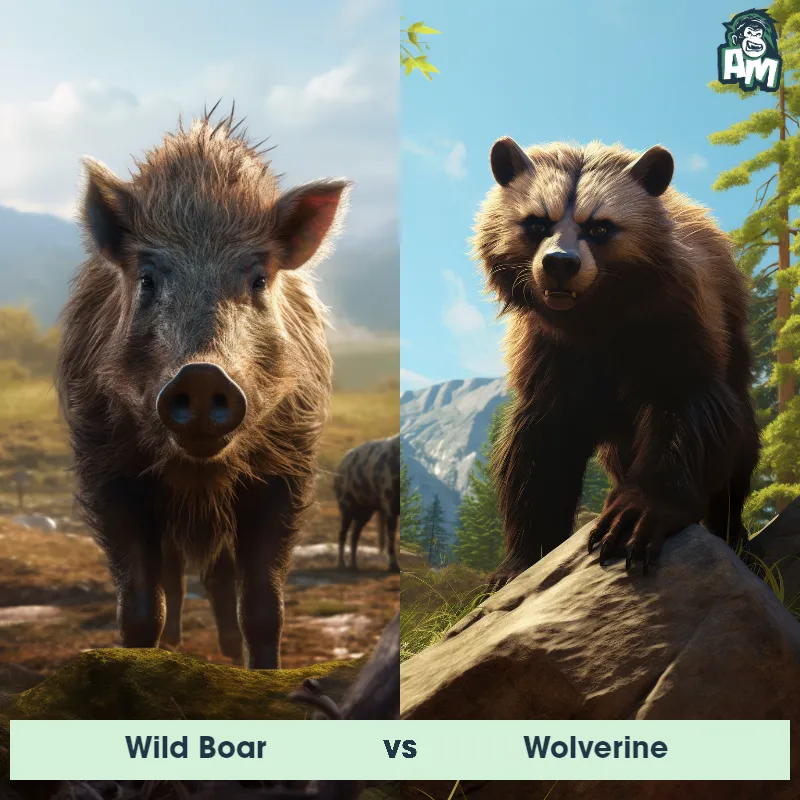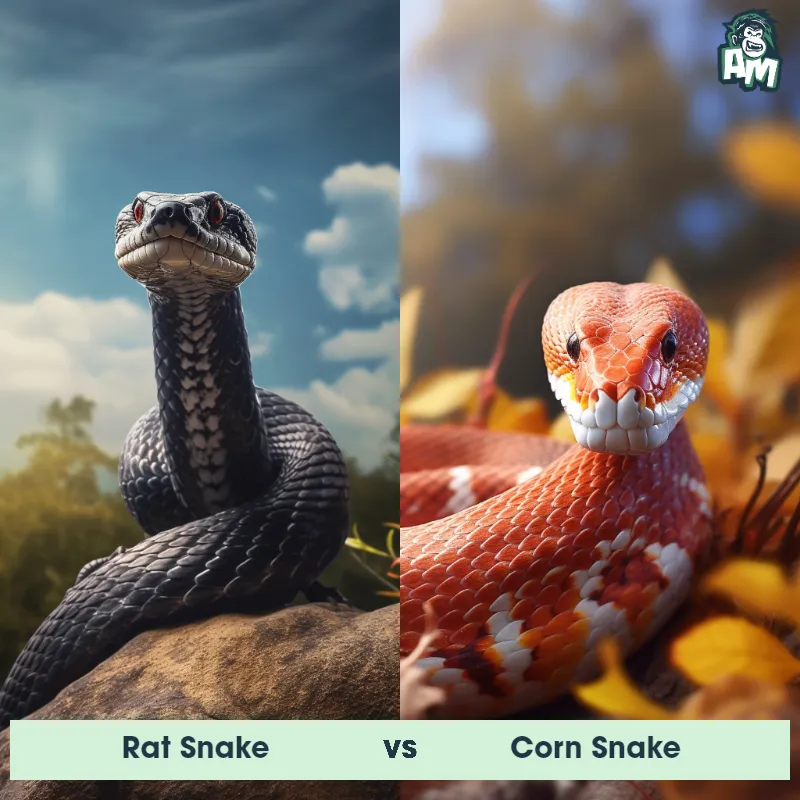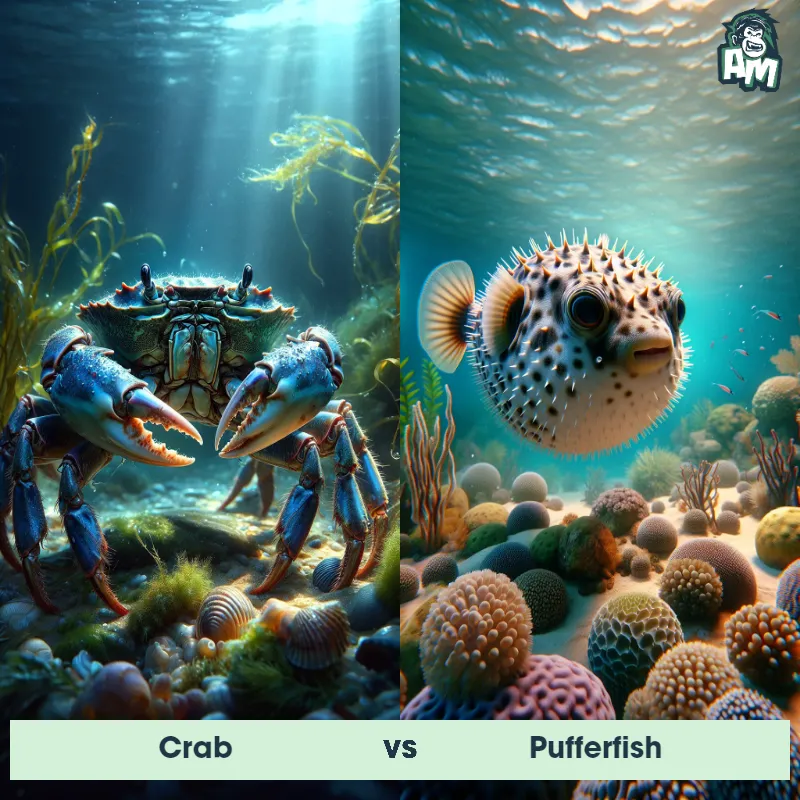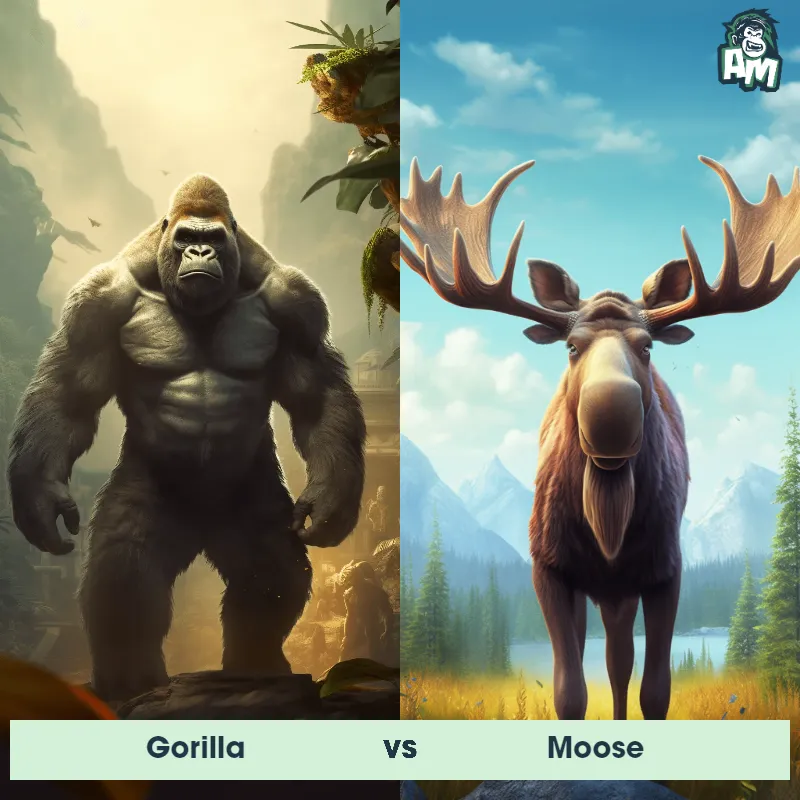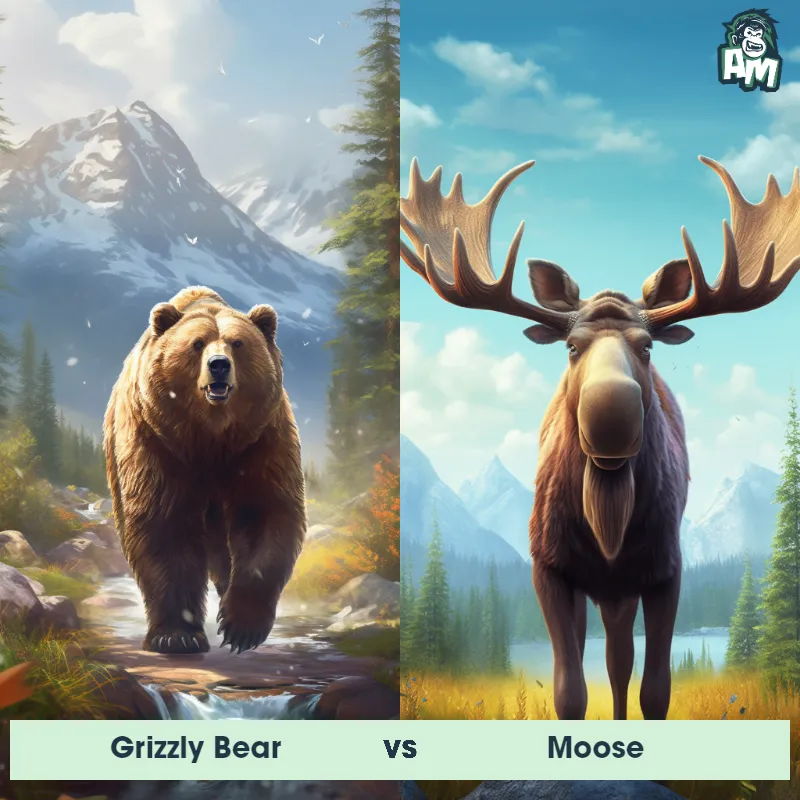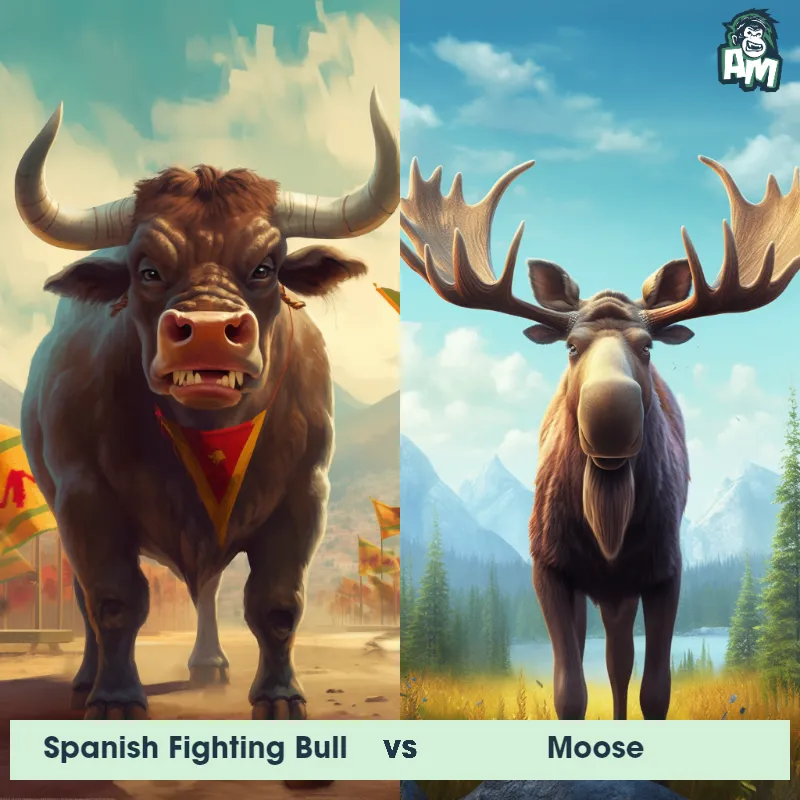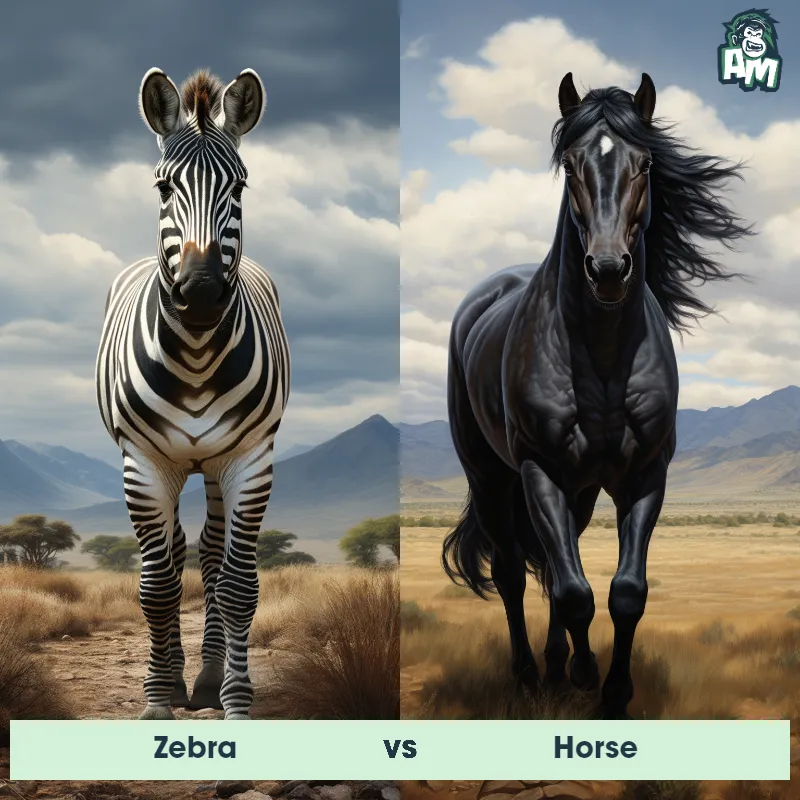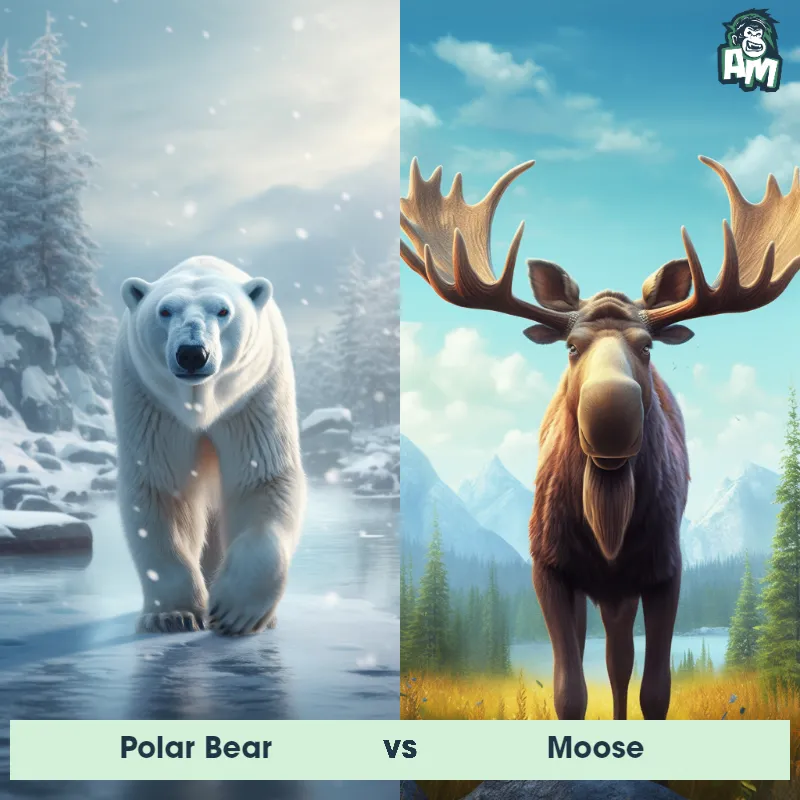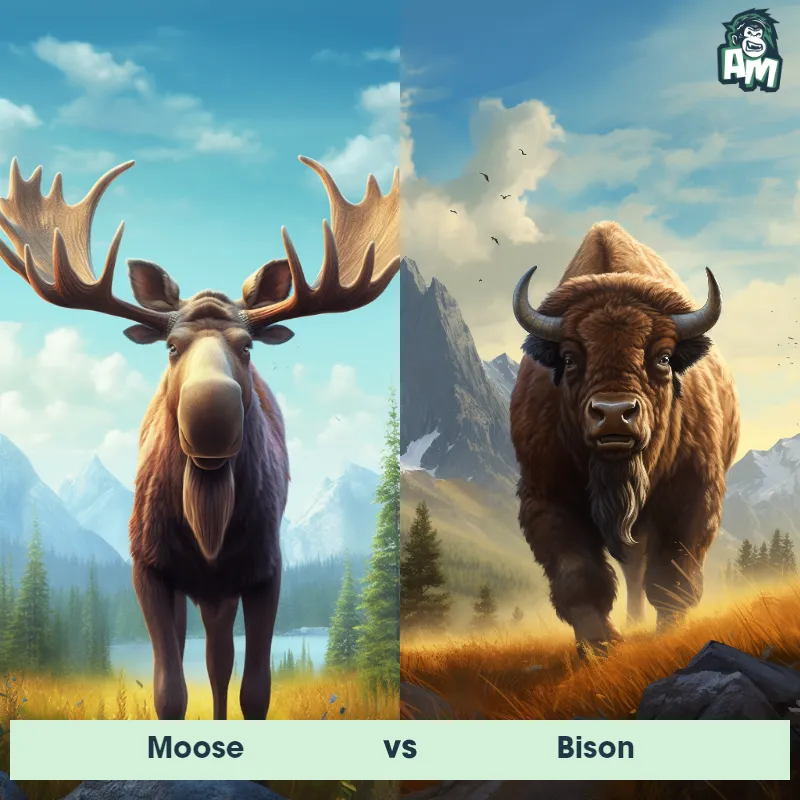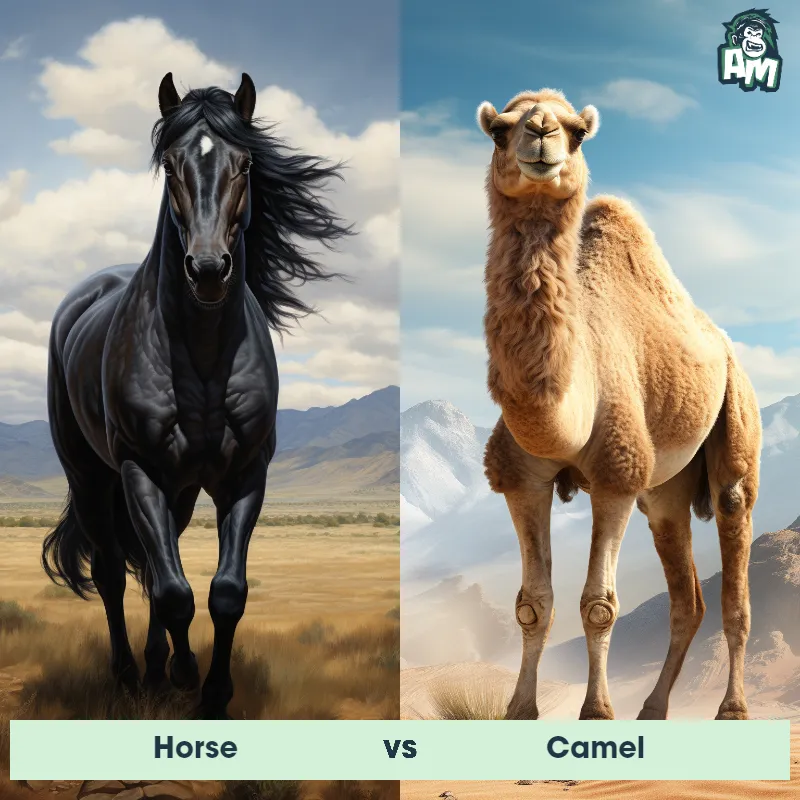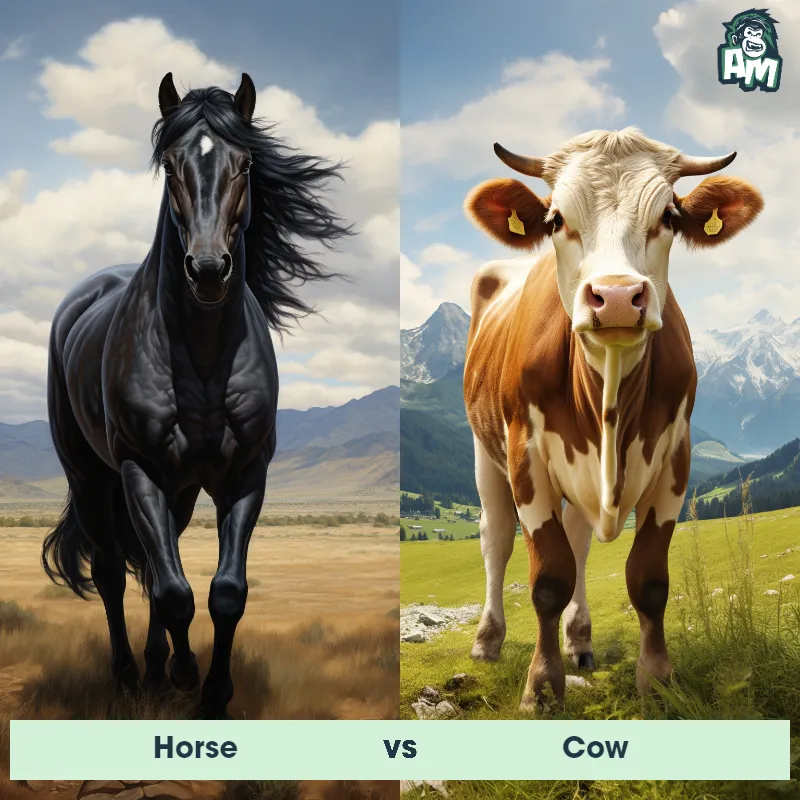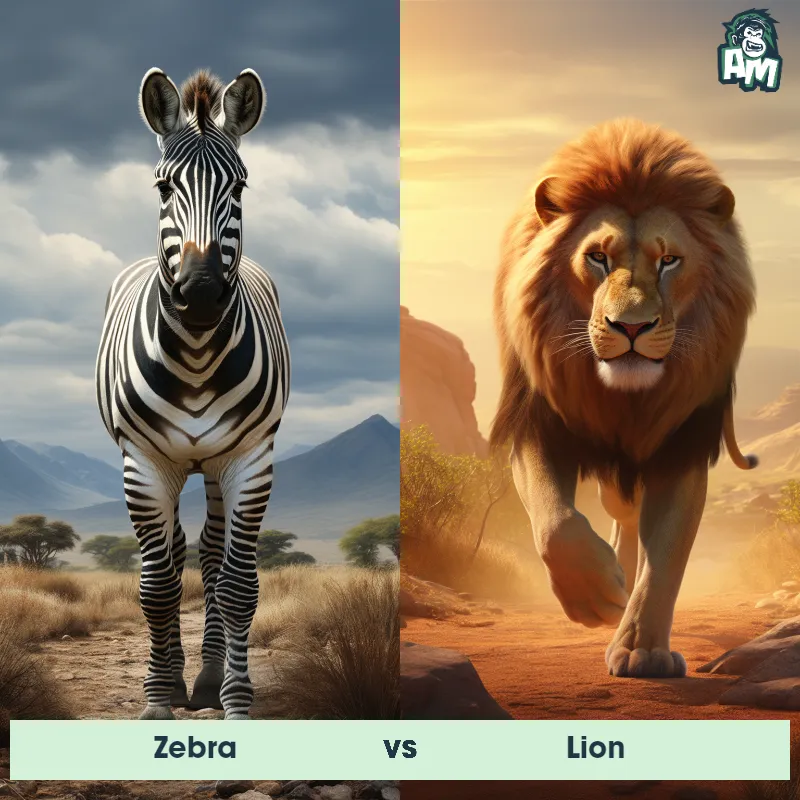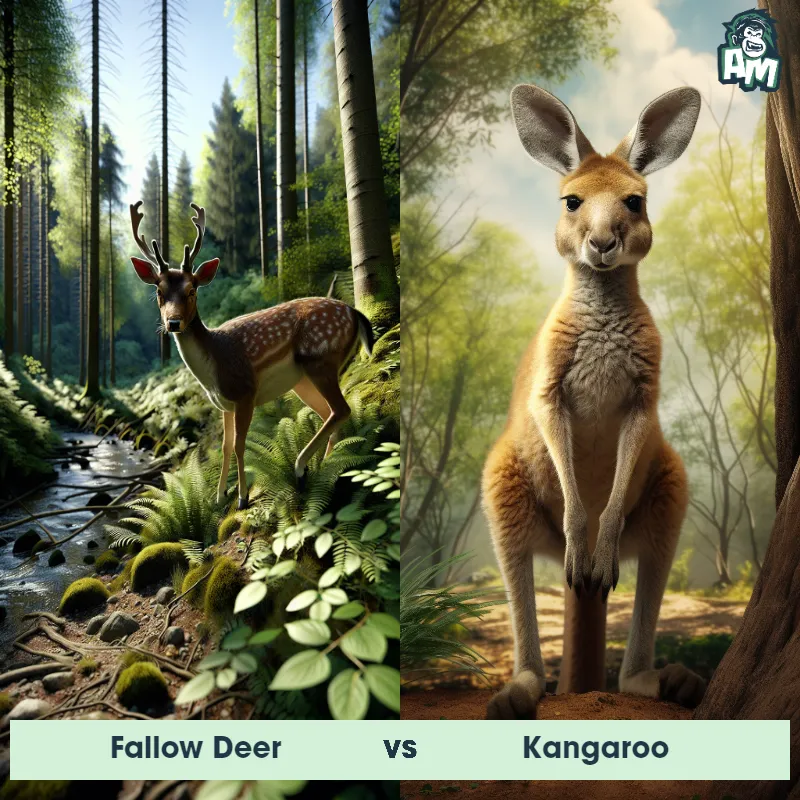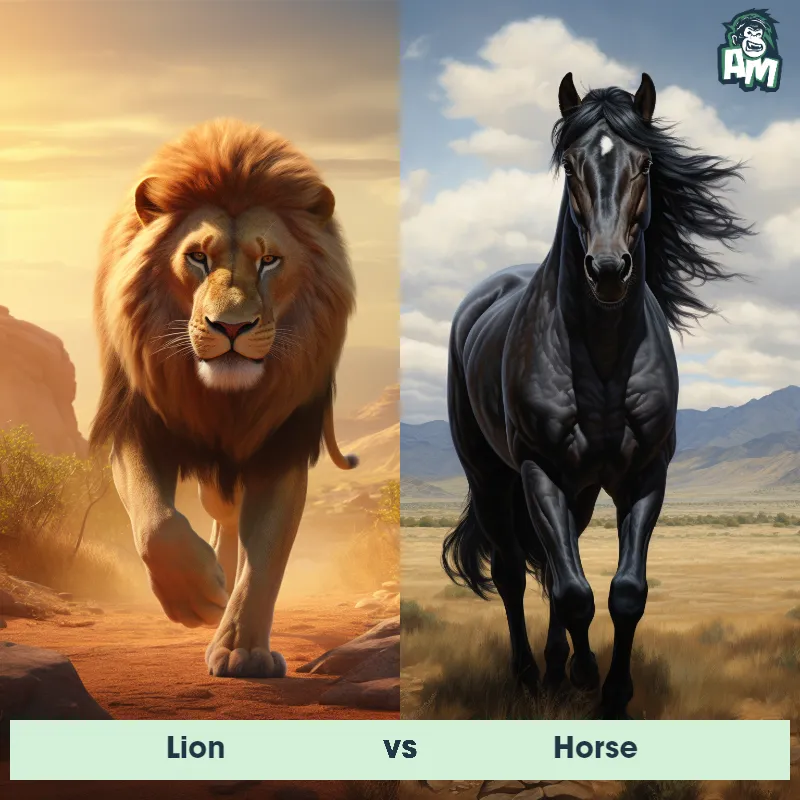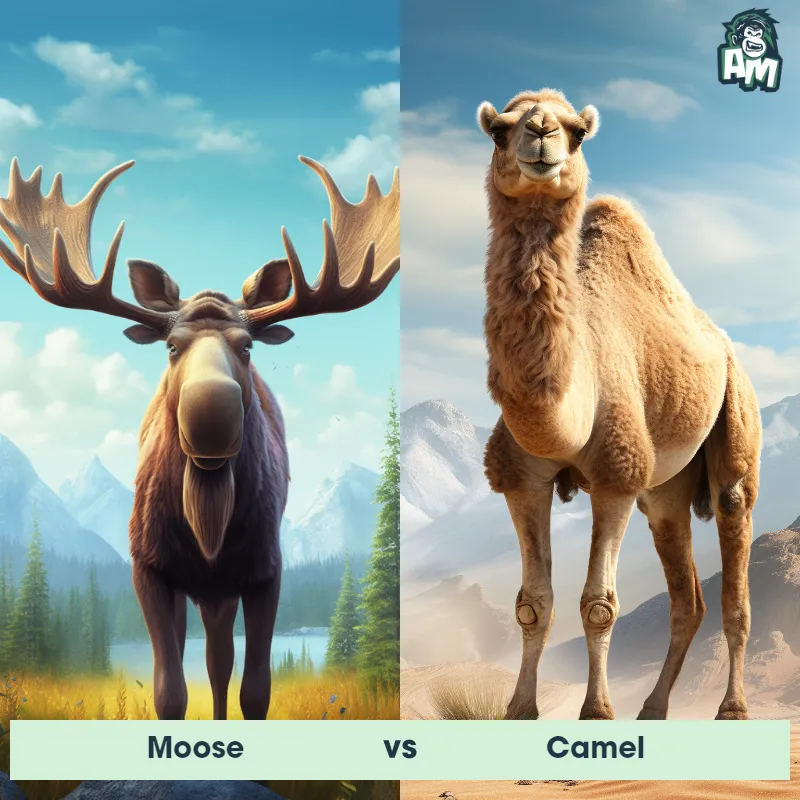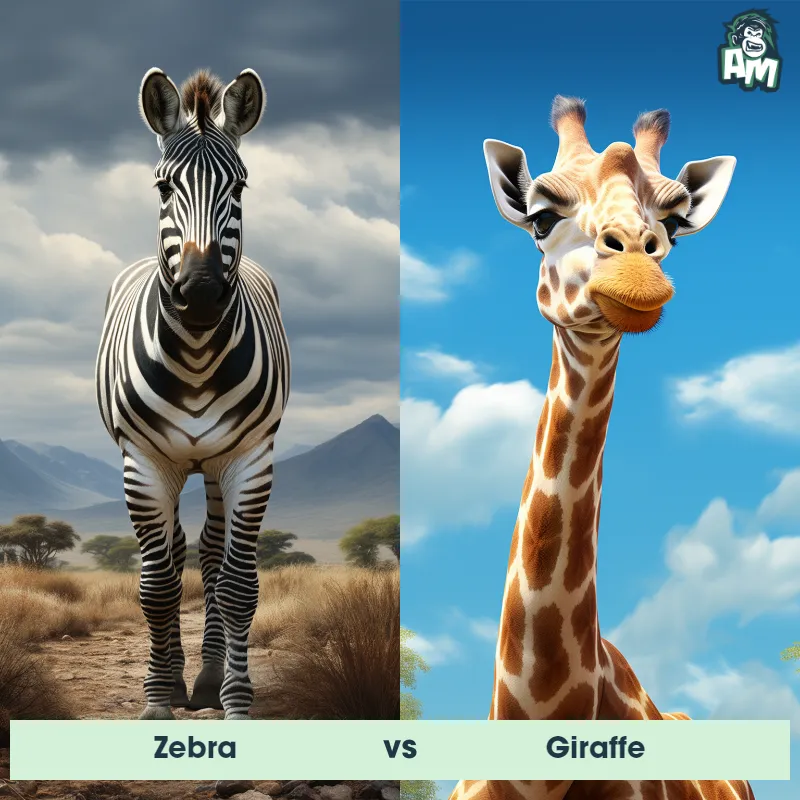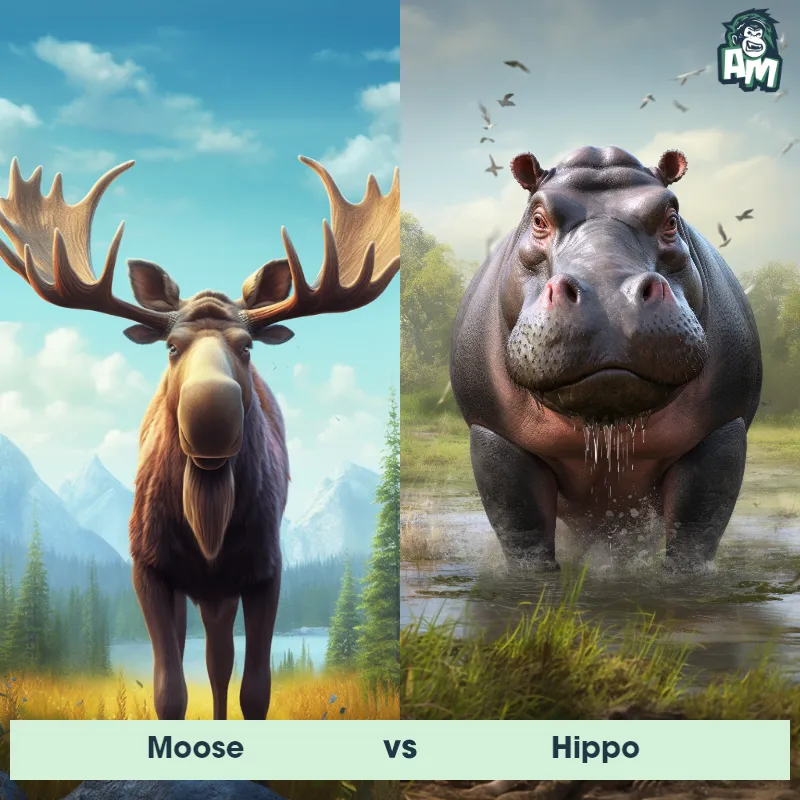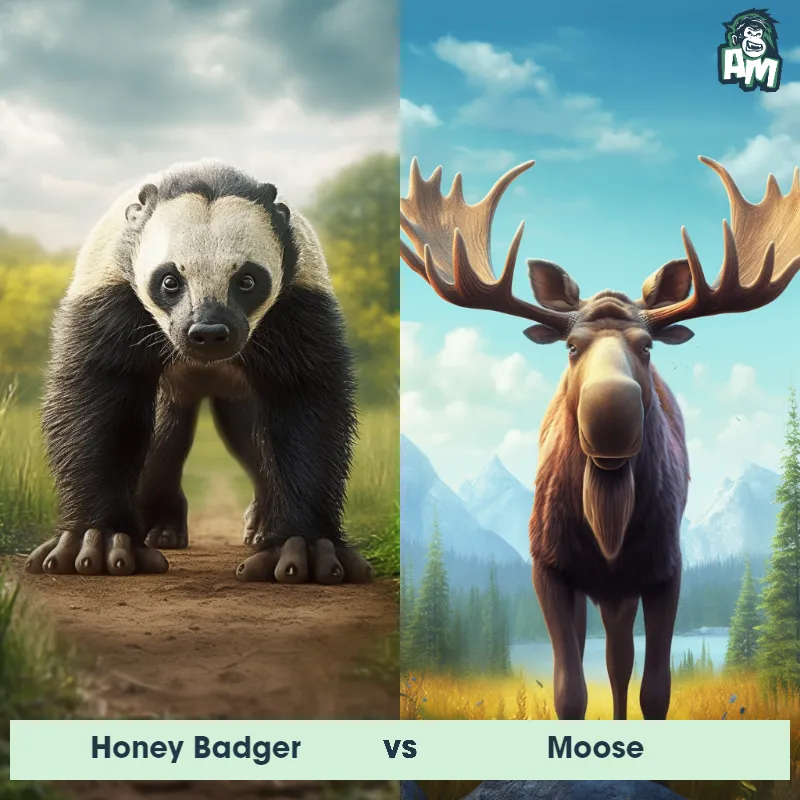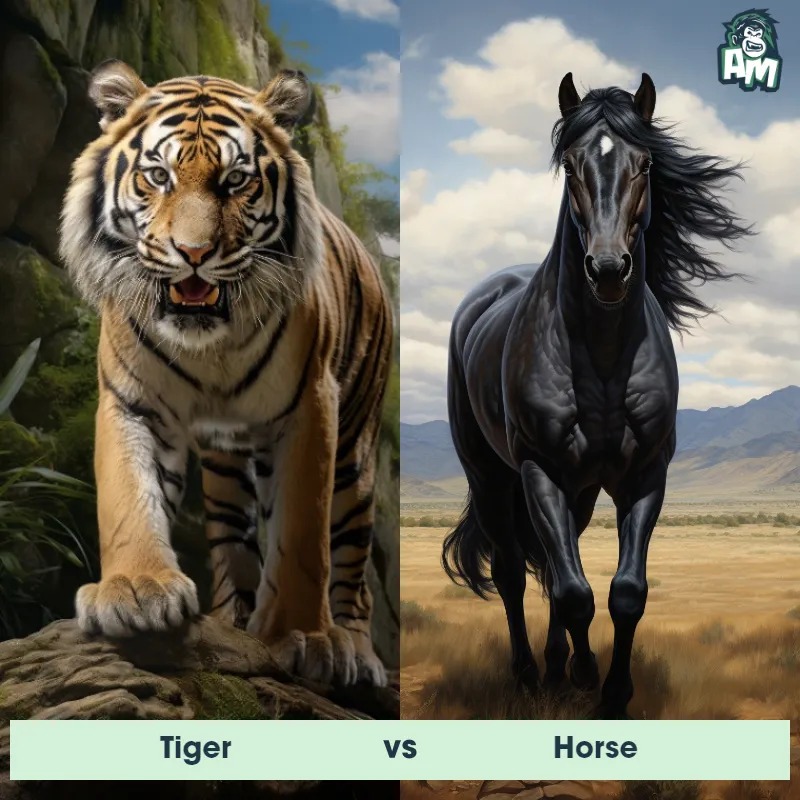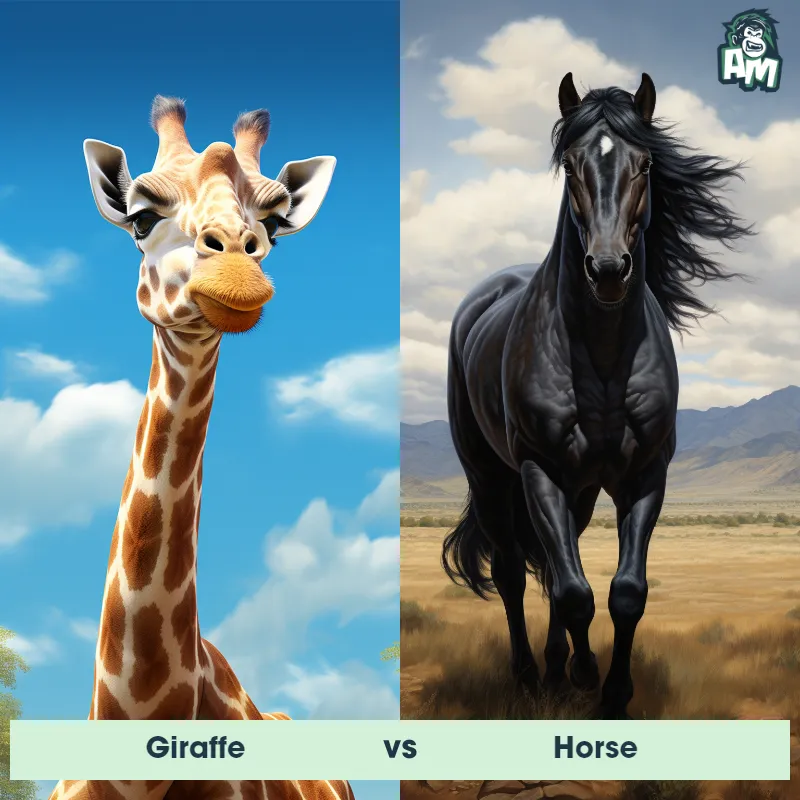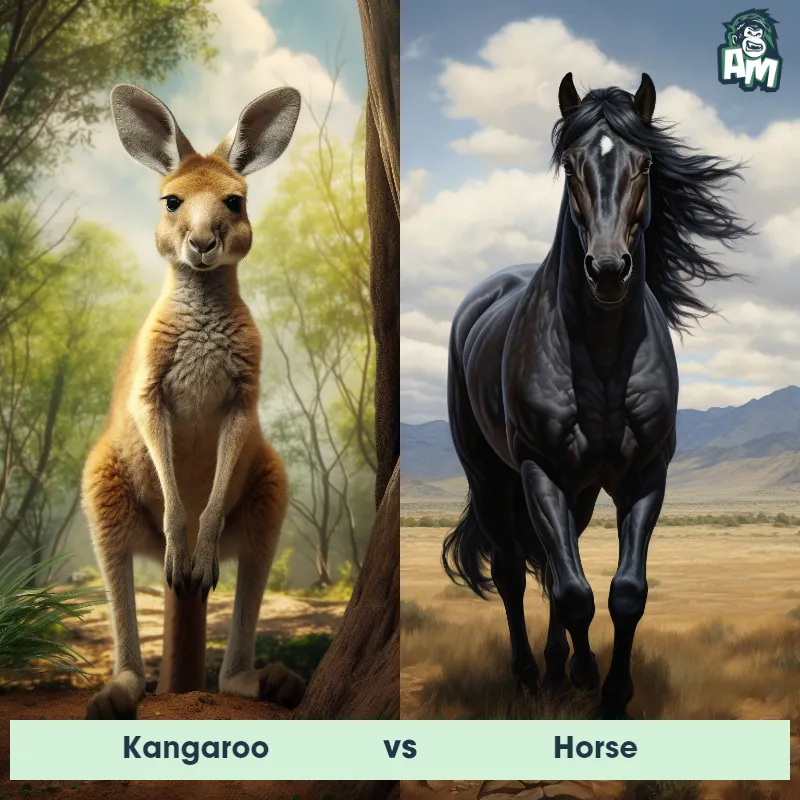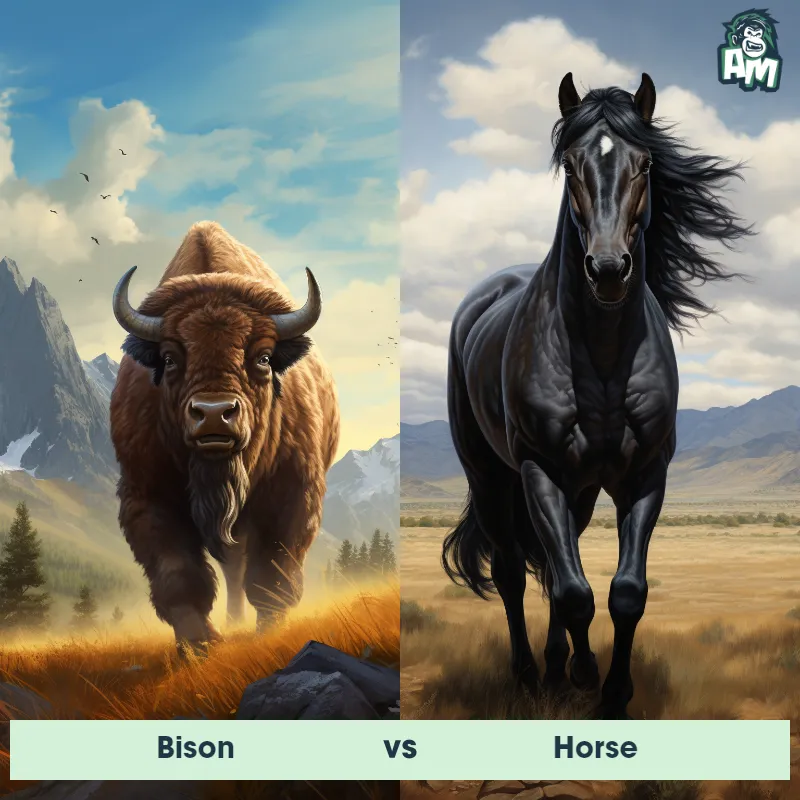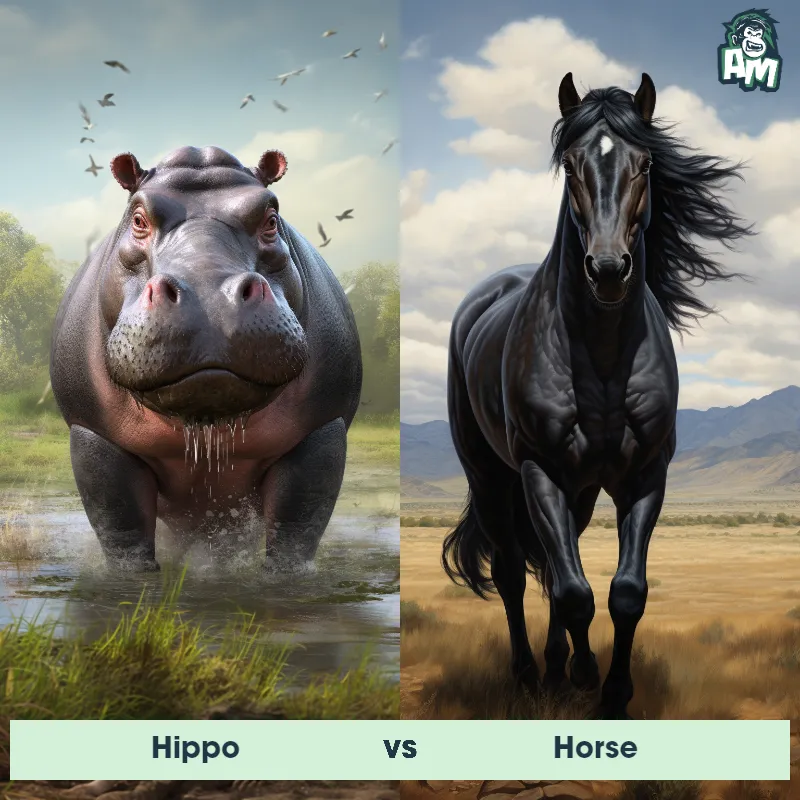Moose vs HorseSee Who Wins

Ladies and gentlemen, welcome to this thrilling matchup between two powerful creatures of the wilderness. In this corner, weighing in at a staggering 1,500 pounds, we have the mighty Moose! And in the opposite corner, standing at an impressive 1,000 pounds, we have the swift and agile Horse! The atmosphere is electric tonight as these two magnificent animals prepare to square off in a battle of strength and strategy. Buckle up, folks, because this is going to be one wild ride!
Contender 1: Moose
The Moose, also known as the Alces alces, is the largest member of the deer family. They are known for their massive size, with males weighing up to 1500 pounds and standing over 6 feet tall at the shoulder. Moose have long, slender legs and a humped back, with a distinctive flap of skin called a bell hanging from their throat. They are typically brown in color, with a darker mane and legs, and their antlers can span up to 6 feet across.
Fun Fact: Moose are excellent swimmers and can swim up to 6 miles per hour, using their powerful legs and large hooves to paddle through the water.
Contender 2: Horse
The Horse is a large domesticated ungulate notable for its speed, strength, and endurance. With muscular bodies, long legs, and a well-defined neck, horses exhibit a wide variety of coat colors and distinctive markings. They possess a unique digestive system that allows them to survive on a diet mainly of grass. Known for their keen senses and high level of sociability, horses have been used for various purposes, including transportation, work, sport, and companionship, throughout human history.
![[object Object] Gif](https://tenor.com/view/horse-fight-viralhog-animal-brawl-animal-scuffle-gif-14740911035351561444.gif)
Fun Fact: Interestingly, horses use their ears, eyes, and nostrils to express their mood, making them one of the most expressive animals.
Matchup Stats
| Moose | Horse | |
|---|---|---|
| Size | Up to 6 feet (1.8 meters) at the shoulder | 4.5 - 6 feet at the shoulder (1.4 - 1.8 meters) |
| Weight | Up to 1500 pounds (680 kilograms) | 900 - 2200 pounds (410 - 1000 kilograms) |
| Speed | Speed: 35 mph (56.3 km/hr) | 55mph (88km/h) |
| Key Strength | Powerful antlers used for fighting and display | Speed and powerful kicks |
| Biggest Weakness | Poor eyesight and slow movement | Lack of natural weapons (like claws or sharp teeth) |
Current Votes
Moose vs Horse
See Who Wins
View More Matches
Looking For More?
Similar Matches
Scientific Stats
| Moose | Horse | |
|---|---|---|
| Scientific Name | Alces alces | Equus ferus caballus |
| Family | Cervidae | Equidae |
| Habitat | Forests, wetlands, and tundra | Grasslands, Deserts, and Forests |
| Geography | North America, Europe, and Asia | Worldwide |
| Diet | Herbivorous, primarily consuming leaves, bark, and twigs | Herbivore (Primarily grass, hay, and grains) |
| Lifespan | 15 years - 20 years | 25 years - 30 years |
Key Differences between Moose and Horse
- Leg Proportions: Moose have long and slender legs relative to their body size, while Horses generally have thicker, more muscular legs that contribute to their exceptional running abilities.
- Tail: Moose have a relatively short, stubby tail that measures around 5-10 inches in length, whereas horses possess a longer, flowing tail that tends to vary in length depending on the breed and individual.
- Coat Color: Moose coats are generally dark brown, although some individuals may appear almost black, while horses display a wider variety of base coat colors including brown, black, white, gray, and chestnut, among others.
- Antlers/Horns: Male Moose possess large antlers that are broad and palmate, while neither male nor female horses have antlers or horns. Instead, males may have smaller, bony structures called "ossicones" on their head, mainly seen in certain giraffe species.
- Facial Features: The Moose has a distinctively long, bulbous nose or "muzzle," which often hangs over the upper lip, while Horses have a shorter, narrower snout that integrates with their upper lip.
- Size: The Moose is significantly larger than the Horse, typically measuring up to 7 feet tall at the shoulder and weighing around 1,200-1,600 pounds, whereas a Horse stands around 4-6 feet tall and weighs around 900-2,200 pounds depending on the breed.



